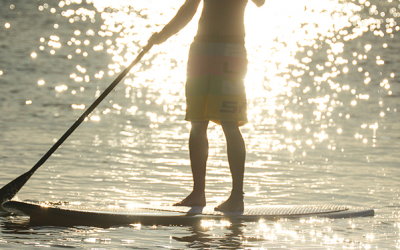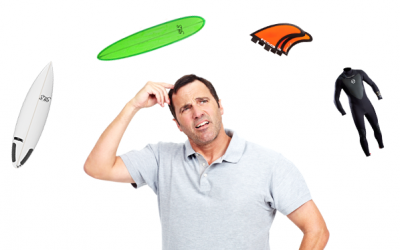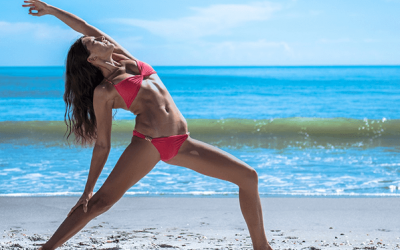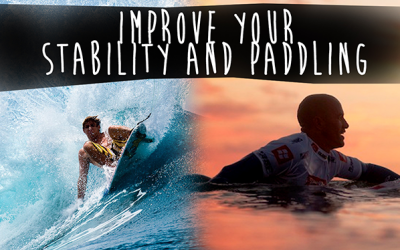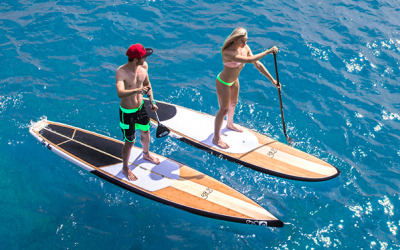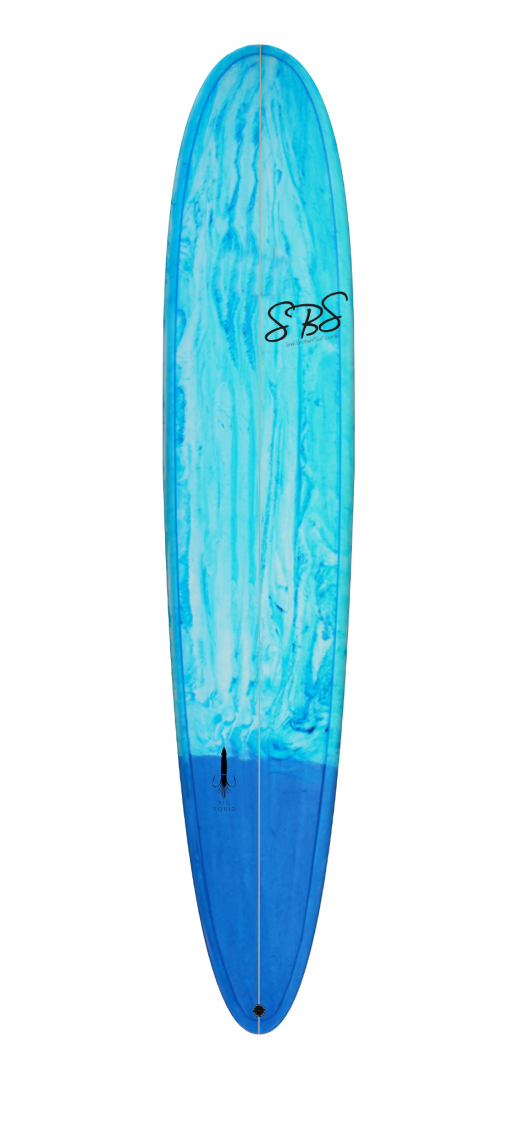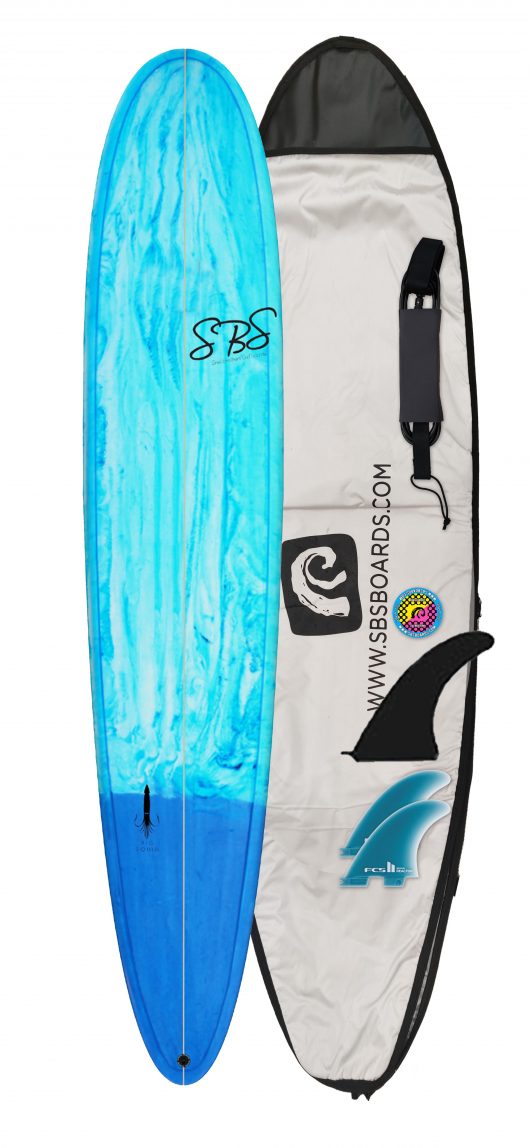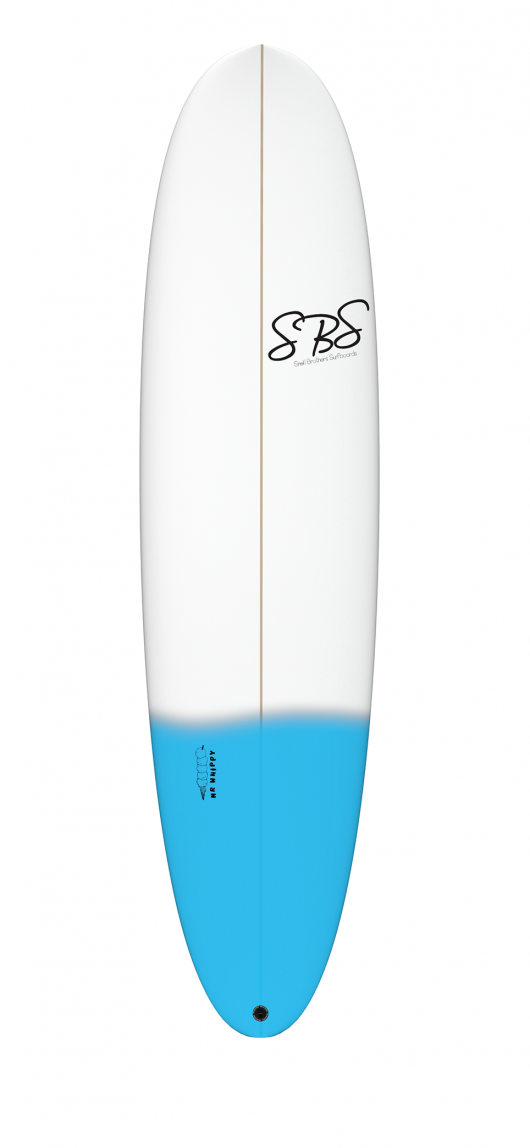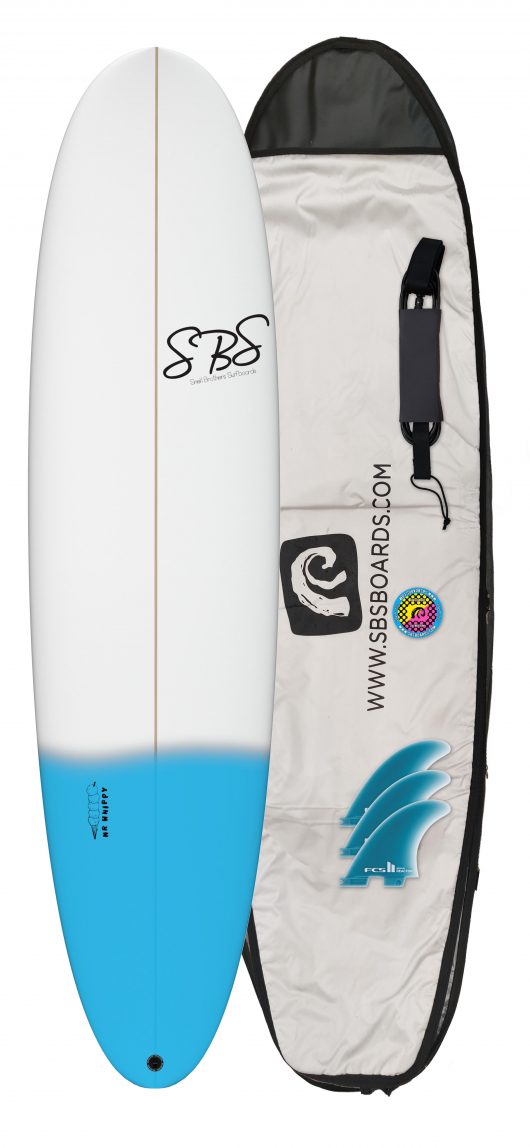How To Hold Your Breath Longer For Surfing
How to Improve Your Breath-Hold for Surfing
Why is Your Breath-Hold Important in Surfing?
Holding your breath might not seem too important apart from the obvious of going underwater in a wipeout, duck dive or even in a bad hold down, but that’s never more than 10-15 seconds or so, so why do we need to train for it?
Improving your breath hold is much more than just holding your breath longer underwater, it’s confidence in yourself.
If you’re a big wave surfer on the WSL (World Surf League) you would probably have trained for years learning about breath holds and learning to deal with monster wipeouts. Surfers like Shane Dorian, can hold their breath for 5+ minutes under water, giving them a lot of confidence when they have a bad wipeout, that they can at least hold it for 45 seconds to a minute with ease. Working on your breath holds gives you that same confidence, that if you take on bigger waves, you can survive the consequences if things go bad.
Some freedivers around the world can hold their breath for over 22 minutes! Some of the worlds best big wave surfers can hold it for 5 minutes and your average surfer can hold their breath for anything from 30 seconds – 2 minutes under water. So improving your breath hold isn’t just about surviving wipeouts and hold downs, it’s about giving you confidence in the water.
By using a few of our little tricks and tips, you can almost double your breath hold and who knows one day, it might just save your life.
Boosting Your Breathing Power and Efficiency
As surfers we have to be incredibly fit to paddle out back in some good sized surf, doing it over and over again, for several hours can be pretty taxing on your body, specifically your lungs. If you haven’t trained your aerobic capacity and endurance you won’t last as long some of the greats.
Your lungs are a huge part of your surfing ability, allowing you to paddle out back and pump down the line to your heart’s content, so ensuring they are in top condition will definitely have a positive effect on your surfing.
If you are to improve your lung capacity (this refers to the total ‘Lung volume’ or ‘the volume of air in the lungs at different phases of the respiratory cycle‘. If you’re an average adult male surfer you probably have an average total lung capacity of about 6 litres of air, as we move every day we subconsciously do something called Tidal breathing, this is our natural resting breathing rate and the ‘tidal volume‘ is the ‘volume of air that is inhaled or exhaled in only a single such breath’. When we surf or exercise, this is increased and becomes conscious, if your lungs have a better capacity, they will be able to complete the task of exercising or surfing a lot better and be able to store more oxygen in the event of a hold down.
Depending on how fit you are and your overall mass, the average surfer’s respiratory rate is 30-60 breaths per minute when surfing, compared to 12-20 breaths per minute in adults when doing simple daily tasks
You might have a naturally higher lung capacity if any of the following apply yot you…
High Lung Capacity
- Taller in height
- Live at high altitude
- Good fitness level
Lower lung capacity
- Smaller in height
- Live at low altitude
- Have a high body fat/overweight
How to Increase Your Lung Capacity
It all starts with training on land in a safe environment, this is the perfect place to start. It’s called dry training, you can practice your breathing exercises and workouts in the comfort of your own home.
Try this breathing workout to help improve your breath hold and keep you safe in those double or triple wave hold-downs.
So, here’s a simple training program to hold your breath for longer periods of time:
1. Start breathing slowly for 1 to 3 minutes, relaxing your entire body – you need to keep as relaxed as possible, slowing down your heart rate and minimising movement.
2. Take a deep breath out, fully exhaling everything, blowing all of the carbon dioxide and air from your lungs.
3. Take a really fast deep breath in, followed by any extra short breaths in you can do to really fill your lung capacity and then hold your breath.
4. Relax – try to keep calm and relax the body thinking of something else to keep your mind focussed on something other than not breathing.
5. When you reach your limit, fully exhale, blowing all of the air and carbon dioxide from your body, followed by deep inhale & exhalation until you have recovered.
This is a great way to check out your maximum breath hold in the very best circumstances, post wipe out you may not have as big of a breath, or be as relaxed, but it can give you a good idea of the time you can last underwater if truly pushed to the limit.
Repeat the above breathing workout 5-10 times, with about a 1-minute break in between and record your times on a notepad, use a watch or timer each round to see what you get. If you repeat this breathing workout 2-3 times a week, you will find soon enough, your breath-hold starts to improve and the duration will extend week by week. After a few months of consistent practice, you will have added minutes to your time!
3 Key Things to Keep in Mind When Training Lung Capacity for Surfing.
Relax The Body
A high heart rate and a moving body are going to use more oxygen, compared with a relaxed body with a lower heart rate, so try to remain still and relaxed. A lot of pro’s or big wave surfers talk about when they wipe out, they go into a relaxed ragdoll-like state and avoid fighting with the white water or the mountain of water on top of them. Once they feel the pressure and motion pass, that’s when they will try to get to above the water.
Relax The Mind
Relaxing the mind is probably one of the most important things, not necessarily physiologically but it does have a massive effect on your breath hold time. Thinking of something else will help you to forget that you have no oxygen coming in, it can help you keep calm underwater, your heart rate lower and the mind and body relaxed, while you are conserving oxygen usage in the body until you can inhale again.
Relax Your Breathing
Over time your body will become accustomed to higher levels of CO2 and you will start to adapt to withstand the higher levels present in the blood. Likewise, your body’s urge to breathe and open your mouth will be suppressed or can be trained to repress that reaction through repetition and training. Ultimately like anything the more training you do, the better prepared you will be to deal with the constantly varied conditions of surfing, this will help give you the confidence to take on bigger amd more powerful surf conditions.
WARNING: When training in breath holds never push to the absolute limit as this could result in a blackout or potentially even death.
It is strongly recommended to practice it in a room with a partner in the event that something goes wrong.
We would suggest holding until you’re about 90% gone and then breathe. It’s only training at the end of the day and for us regular folk, it’s simply meant to help add on a bit of time to our breath hold, not set any world records.
How To Paddle a Stand Up Paddleboard “SUP”
How to Paddle a Stand Up Paddleboard Basic Paddleboarding strokes One of the most basic parts of stand up paddle boarding is the paddling it allows you to move around in the water at speed and control. Making sure that you get the most form every stroke will...
Beginners Guide to Buying a Surfboard
Beginners guide to choosing the right surfboard So you got the bug and you decided to buy your first surfboard you have a couple of goes and looking to make that first purchase and commit to the surfing life style, but what one to buy?, One of the most common...
Best Stretches for Surfers
BEST STRETCHES FOR SURFERSStretching Stretching before and especial after a surf session is vital for getting the best out of your surfing performance, The best stretches for surfers should help in a range of movements as well as better long-term contractions of your...
Top 20 Surfing Exercises for Paddling & Stability
Top 20 Surfing Exercises for Paddling and Stability Nothing prepares you for surfing fitness better than surfing itself. There are however, a few things you can do to keep the right muscles in working order and help you surf longer with more power. The following...
Beginners Guide to Surf Safety & Surf Etiquette
Beginners guide to Surf Safety & Surf Etiquette Learning to Surf is one of the most fun and life changing experiences you can have, and for lots of people journey that can last a life time. But before you start it’s really important to have a basic understanding...
Beginner’s Guide to Stand Up Paddle boarding (SUP)
Beginner’s Guide to - Stand Up Paddle Board Gettting Started Stand up paddle boarding (SUP) is one of the fastest growing sports in the UK. Its popularity is due to fun and relaxing nature of the activity, accessible to all. Its also a great way to give...

